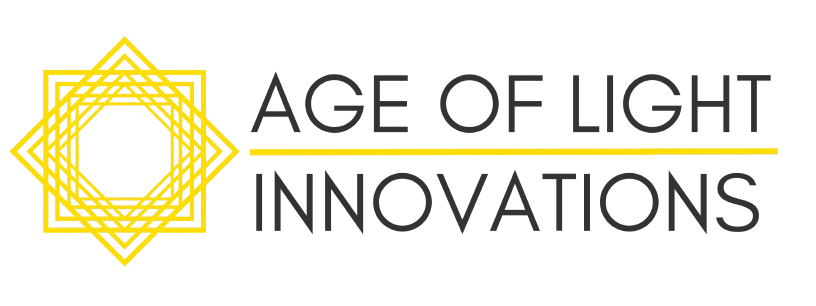
World play – and brilliant bumble bees
- Categories: Blog, Newsletter
- Tags: bees, cost effecting lighting, design, health, lighting, socialmedia, well-being
Whenever I hear a phrase, I always wonder what the opposite would be….
Human-centred lighting v. ‘Inhuman’-centred lighting?
After all, buildings don’t need light. As Houser and Esposito point out (Human-Centric Lighting: Foundational Considerations and a Five-Step Design Process ) you evolved to thrive in
- the electromagnetic field of the sun
- dynamic patterns of bright days
- dark nights
- across the seasons
The closer we get to that, the more human-centred the lights will be.
Sarah Chellappa makes a compelling case for personal control over our diet of light – Individual differences in light sensitivity affect sleep and circadian rhythms. You may be surprised to learn that, there is a 50-fold difference in the impact of light at night on melatonin suppression, even among health adults. She also explains how much timing matters – morning light affects sensitivity later in the day.
It’s tempting to think you have to choose between people and planet when it comes to lighting – but this study suggests simple changes to the default settings and giving personal control over light levels in the office lighting can save up to 17.8% in energy use and improve satisfaction and perceived productivity – without investing in any new hardware or software at all! – Impact of occupant autonomy on satisfaction and building energy efficiency
Join me and panelists to discuss ‘inclusive’ design at the Flokk showroom as part of Clerkenwell Design Week – places are limited so send me an email and I’ll forward the link.
- Andrew Bissell – Partner, Ridge consultants, President of the Society of Light and Lighting.
- Penny Goodall-Quraishi – Director EMEA Region, International WELL Building Institute.
- Simon Fisher – Co-Owner, Director, F Mark Ltd.
- Clare Bailey – Commercial Research Director at Savills.
- Jamie Whitten – Human Centric Lighting Consultant, Glamox Luxonic.
- Alexander Matthams – Senior Inclusive Design Consultant & NRAC Consultant, Buro Happold
Social media v. Antisocial media?
Zoom, LinkedIn, Facebook and Instagram have transformed my life. But there’s nothing like a conversation with analogue human being – especially for kids.
That’s because the image you see is a fraction of the resolution of the ‘real thing’. You only see a small section of their body and surroundings, and they only see a small section of yours.
- More TV watching among girls at age 4 predicted lower levels of emotional understanding at age 6 – Screen time and the development of emotion understanding from age 4 to age 8: A community study
- And more time on social media is linked to more feelings of loneliness. Paradoxically, people who use social media to maintain relationships feel lonelier than those who use social media for other reasons – Associations between social media use and loneliness in a cross-national population: Do motives for social media use matter?
- OfCom reports that 84% of UK children said they had been bullied online compared to 61% being bullied face-to-face – Children and parents: media use and attitudes report 2022
Five cool facts about bee vision
1. Bees have two types of eyes – three on the top of the head for contrast and orientation, two compound eyes on the side of the head for vision – World Bee Day – 20 May 2023
2. Worker bees have 6,900 facets in each compound eye – drones have 8,600 – How bees distinguish colors
3. Their eyes are sensitive to UV wavelengths which means they see flowers very differently – How bees see and why it matters
4. weeds are often more successful than other plants because they’re more attractive in the eye of the ‘beeholder’ – so they’re more likely to be pollinated – How bees see and why it matters
5. Finally, bees contribute more to the UK economy than the Royal Family from Tourism! – How bees see and why it matters
Check out this blog about what a bee sees and give them a helping hand and leave at least a patch of your garden to grow wild through no-mow May.

